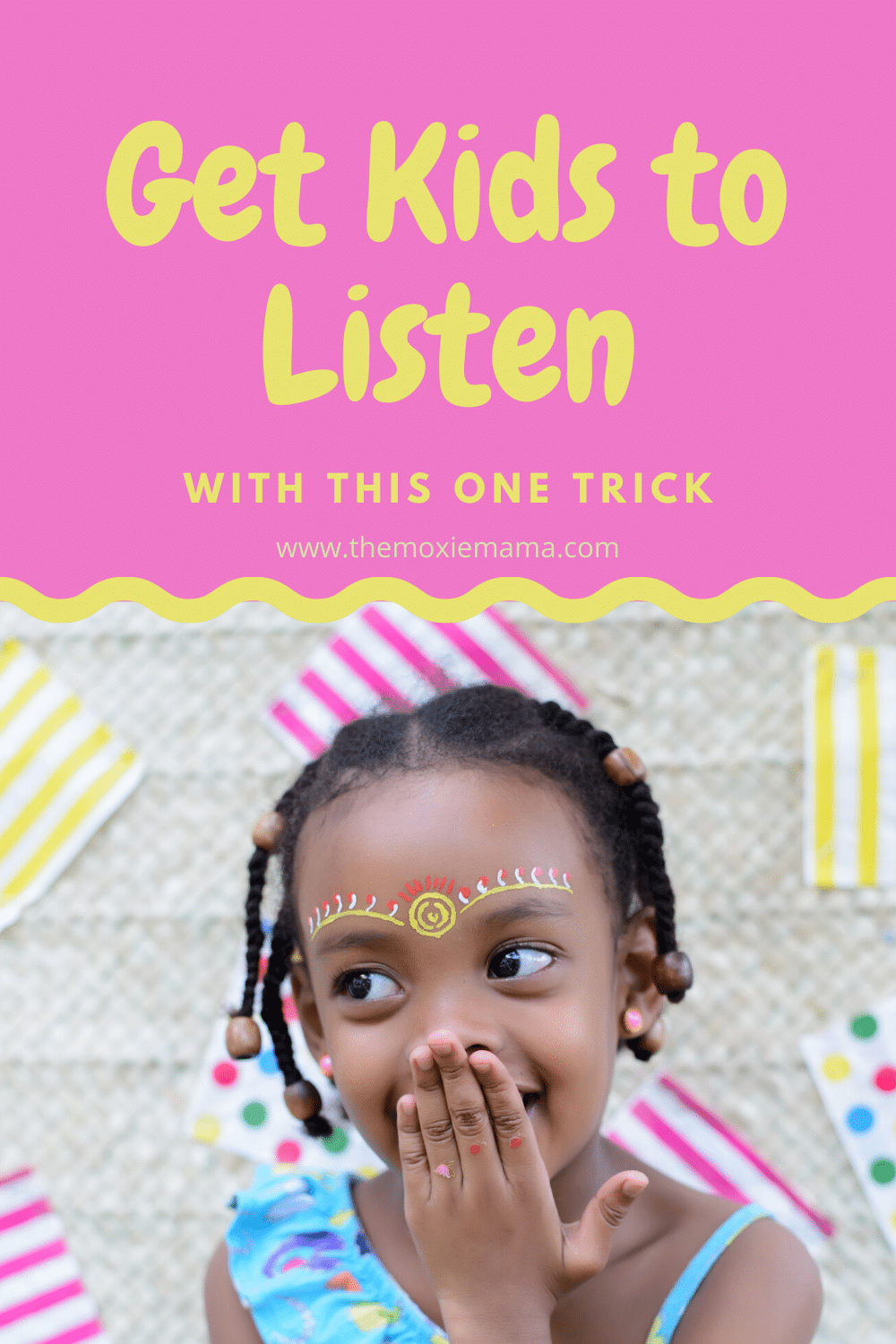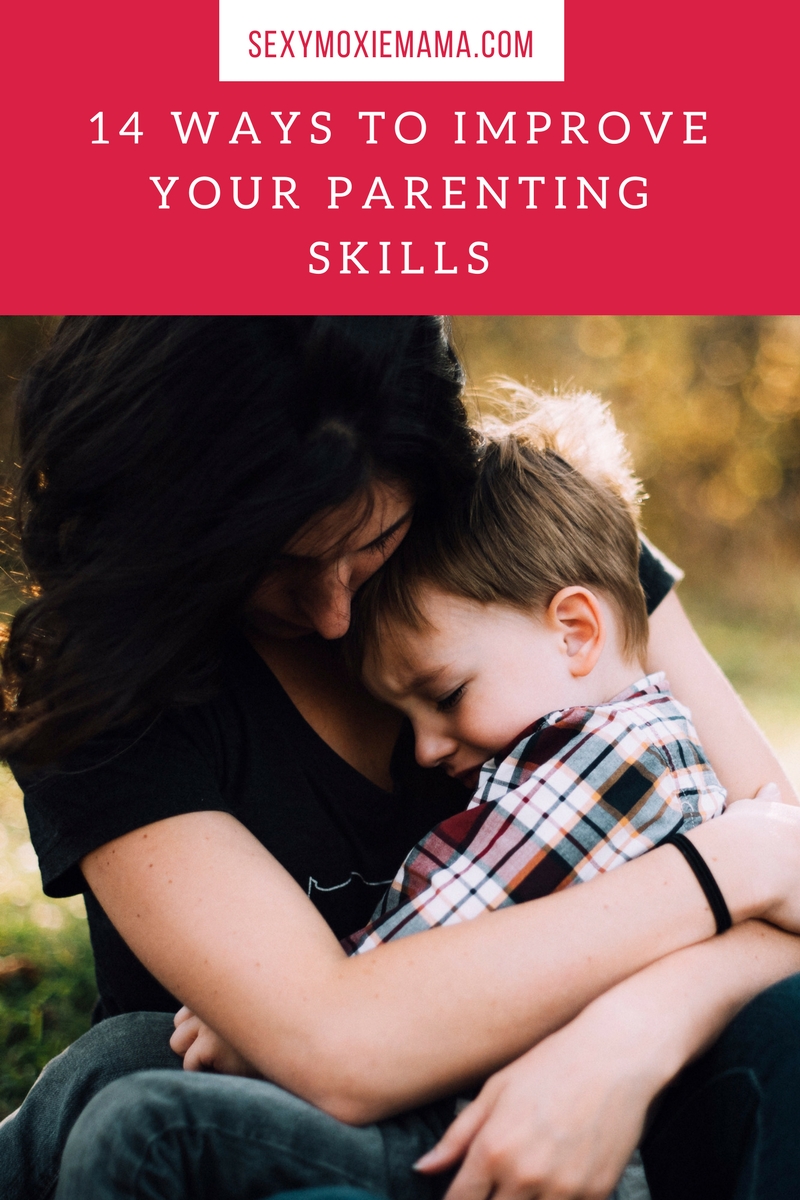As a mom of four kids, I do my fair share of trying to get my kids to listen to me. Sometimes it’s just one child acting out, sometimes it’s ALL of them. While being under stay-at-home orders, this has gotten even more challenging as we navigate schooling from home, Chicagoland’s ever-changing weather, and longer-than-normal stretches at home.
But as a Physical Therapist Assistant and fitness professional, I try to remember the complicated relationship between a child’s chance for activity and their behavior. Our modern-day parenting techniques, together with our current public health crisis, may be hindering with our children’s ability to achieve the level of activity they need to develop the ability to focus and listen.
When we cannot offer our children the ability to climb, swing, jump, run, or move about on uneven surfaces—like soil, grass, rocks, or sand—we hinder them from learning about their own bodies. Without the maturation of their vestibular and proprioceptive systems, their bodies become a distraction. They cannot focus on their schoolwork, they cannot sit still while reading, they cannot stop jumping on the bed, they cannot stop talking when asked to be quiet—all because their bodies are too busy focusing on external information about their bodies.
What are the Vestibular and Proprioceptive Systems?
Being able to physically encounter the world around us is dependent on the sensory system that recognizes movement as it applies the area around us. This sensory system is known as the vestibular system. The vestibular system is a sensory system responsible for delivering information to our brain about movement and spatial alignment; it also associated with motor functions that help us to maintain balance, steady our body during movement, and posture maintenance.
While the vestibular system presents our brain a great need to maintain balance, the proprioceptive system permits the body to efficiently react to various shifts in the center of gravity. The proprioceptive system. Proprioception is how the body varies muscle contraction in reaction to new information involving outside forces, by using stretch receptors in the muscles to determine the joint position in the body.
Many physical activities involve the combination of both the vestibular system and the proprioceptive system. When these systems work together correctly, children are ready to learn.
My Kids Won’t Listen
Sometimes, when kids are not allowed enough movement, these systems do not work appropriately. This is one reason why for their struggle to be still and listen. It impacts their capacity to sit still to learn as well as effects the capability to look and listen. It diverts their focus at an unconscious level as their brain focuses on to data from the vestibular system that signals the student might fall off the chair, for example.
Giving Kids Enough Movement
Sedentary lifestyles, protective parenting, and increased screen times have reduced the occasions for movement and activity, which can impede kids’ ability to pay attention to the demands of their bodies. Significant movement is essential for our kids’ growing bodies and brains. In order for kids to focus, do well on schoolwork, and listen to parents, we should support their bodies’ need for physical movement.
According to the CDC, children need—at a minimum—the following amount of physical activity:
- Infants. Infants from birth to one year old should have some physical activity, especially safe and supervised floor play.
- Toddlers. Toddlers should do at least 30 minutes daily of structured physical activity and at least 60 minutes of non-structured, free-play. Limit screen time to one hour a day or less.
- Preschool. Preschool-aged children ages 3 through 5 years old should be allowed to be physically active during the whole day for proper growth and development. Preschoolers should get do 3 hours a day of activity with some of that time being outside. Limit screen time to one hour a day or less.
- Elementary. School-aged children should do at least 1 hour of moderate-to-vigorous intensity physical activity each day. This includes daily aerobic exercise and bone and muscle-strengthening activities outside like running, jumping, and climbing. Limit screen time to two hours a day or less.
- Teens. Adolescents also need at least 1 hour of physical activity each day. Limit screen time to two hours a day or less.
What Counts as Physical Activity for Kids?
Activities like physical fitness, sports, martial arts, yoga, dancing, and jumping all present exceptional opportunities to develop and maintain the movement and balance systems to encourage and support proper brain function.
Activities do not have to be structured to count toward movement goals. Here are just a few of many ideas beyond traditional physical fitness activities:
- Take a family bike ride
- Take a family hike
- Go on a walking tour of the neighborhood
- Enjoy a dip in the swimming pool
- Run through the sprinkler
- Climb a tree
- Jump on a trampoline
- Outside water play fun
- Plant a garden
- Enjoy outdoor races
- Help with yard work
- Wash the car (or bikes)
- Play some Fun PE Games
- Play kickball
- Play on a playground
- Build a backyard fort
- Have an outdoor scavenger hunt
- Have fun geocaching
- Create a backyard obstacle course
- Climb rocks
So, if you are having trouble getting your kids to listen to you, send the kids outside to play. The value of kid’s outdoor play and physical activity cannot be exaggerated. Outdoor recreation and physical activity let kids use their senses, discover the world, discover themselves, increase and improve mood and happiness, develop concentration, focus, and problem-solving, boost creativity, and use their imaginations. Kids participate in the incredible journey of youth when they are active and play outside.




